Growth of Scheduled Tribes and Castes in Medieval India
The Scheduled Castes, the Scheduled Tribes, the Dalits and the Other Backwards Castes are there in large numbers in present-day India. Many backward classes were there from the pre-historic or very ancient times, many more were added in the medieval period spanning over a thousand years. Their numbers went on growing because of the conflicts of the times arising out of the policies of Muslim invaders and rulers. Contrary to modern-day make-believe, there is no evidence to show that the lower classes suffered from the tyranny of the Hindu upper classes in the medieval period. If it were true that the backward classes were so terribly oppressed by the Brahmanas, we would expect them to take some kind of revenge by making common cause with the Muslim persecutors of the Brahmanas. But exactly opposite is the case. Throughout the medieval period, the lower castes fought shoulder to shoulder with the upper castes and against the foreign invaders and tyrannical rulers. Muslim invaders did not come as friends of the Dalits. Muslim rulers did not treat the low castes any better than they treated the high castes. Hindus suffered repeated defeats on the battlefield because due to a weak state system, their armies were ill-organised and ill-equipped as compared to the Muslim state system which was highly militarized and geared to total war. Hindus would have been wiped out if their social system had been as weak as their state system. So well coalesced was the Hindu social structure that it not only saved India from the fate of countries like Iran, Iraq, Syria and Egypt when they confronted the Islamic onslaught, but did not rest content till it had supplanted the Muslim political power in the land even thought it took a thousand years to do so. As we put the record straight, we find that the small and scattered class of trained and traditional Hindu warriors, mostly Rajputs, stood exhausted by the time of the Mughal invasion, having fought the earlier invaders at every step for well-nigh centuries – from the middle of the seventh to the end of the fifteenth. The leadership of Hindu resistance to Muslim rule thereafter was provided by what are termed the Backward Castes and the Dalits in present-day India. These classes had fought earlier under the leadership of Rajput Rajas and Zamindars. Now onwards they took up the leadership on themselves, and battled with the Mughal regime till the latter stood shattered by the middle of the eighteenth century. It is a different story that in the process the Backward Castes and the Dalits suffered grievously and found themselves in a bad shape by the time the Islamic nightmare was over. That story has yet to be put together from indigenous annals which historians have neglected so far. This study is only a beginning, based for the most part on medieval Muslim chronicles.
Get it now and save 10%
BECOME A MEMBER

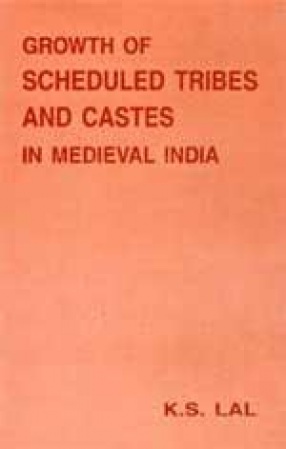
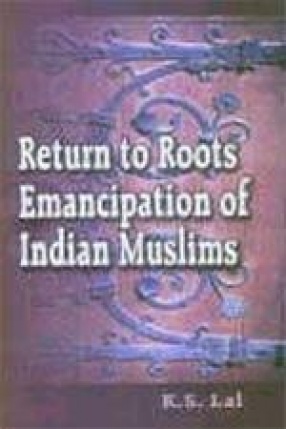
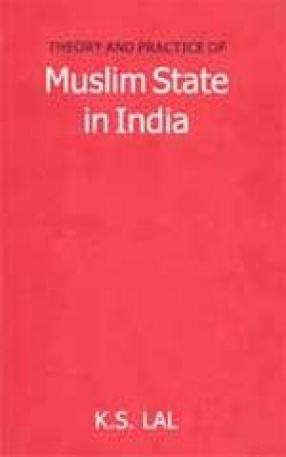

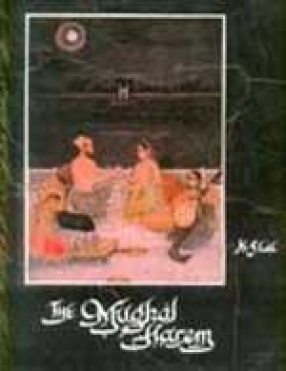
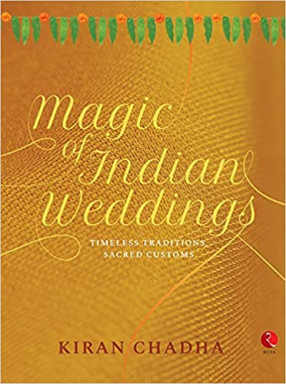
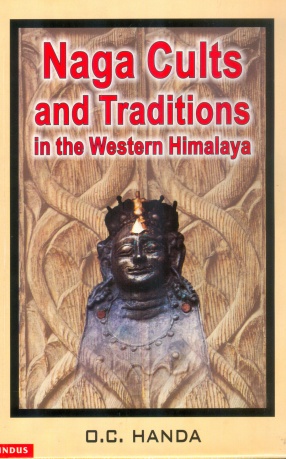
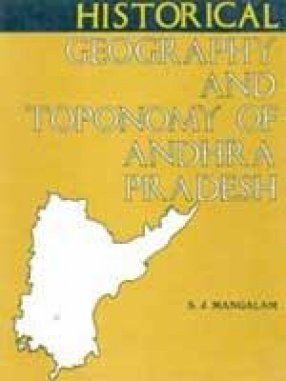


Bibliographic information